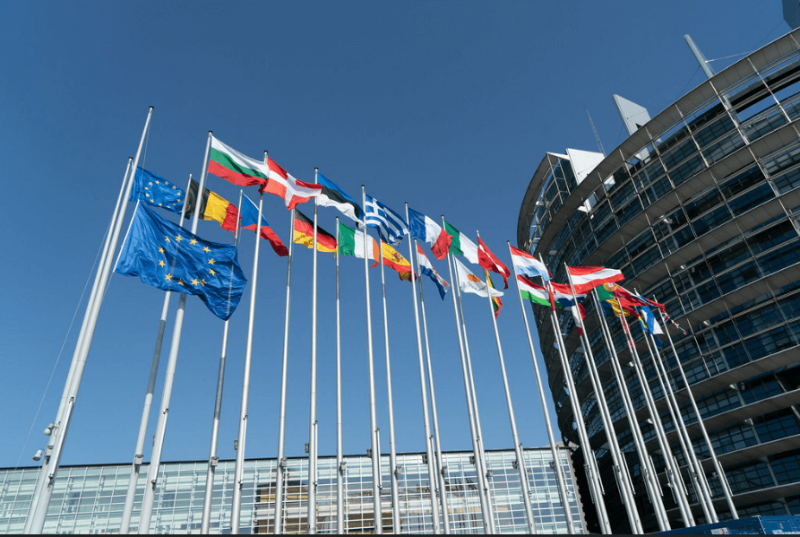The European Commission published on 5 July, 2023 its long-awaited legislative proposal for the regulation of plants produced by certain new genomic techniques (NGTs). Though it is too early to draw conclusions on the legal aspects, the proposal hints towards a science-based approach for the regulation of genome editing applications in crops in Europe. It has been a long and bumpy road of policy developments since the CJUE court case.
To facilitate a more comprehensive understanding on the use of genome editing, EU-SAGE developed an interactive, publicly accessible online database of genome-edited crop plants as described in peer-reviewed scientific publications. The aim of the database is to transparently inform interested stakeholder communities, including civil society, about the most up-to-date evidence of genome editing in crops. Different elements including the plant species, traits, techniques, and applications can be filtered in this open access database.
…
The research studies in the database demonstrate the potential of genome editing to improve crop yield and quality, as well as to render agriculture more sustainable and climate resilient. However, the ongoing policy developments in Europe will be crucial in determining how genome editing in plant breeding can effectively contribute to building a greener future.





























